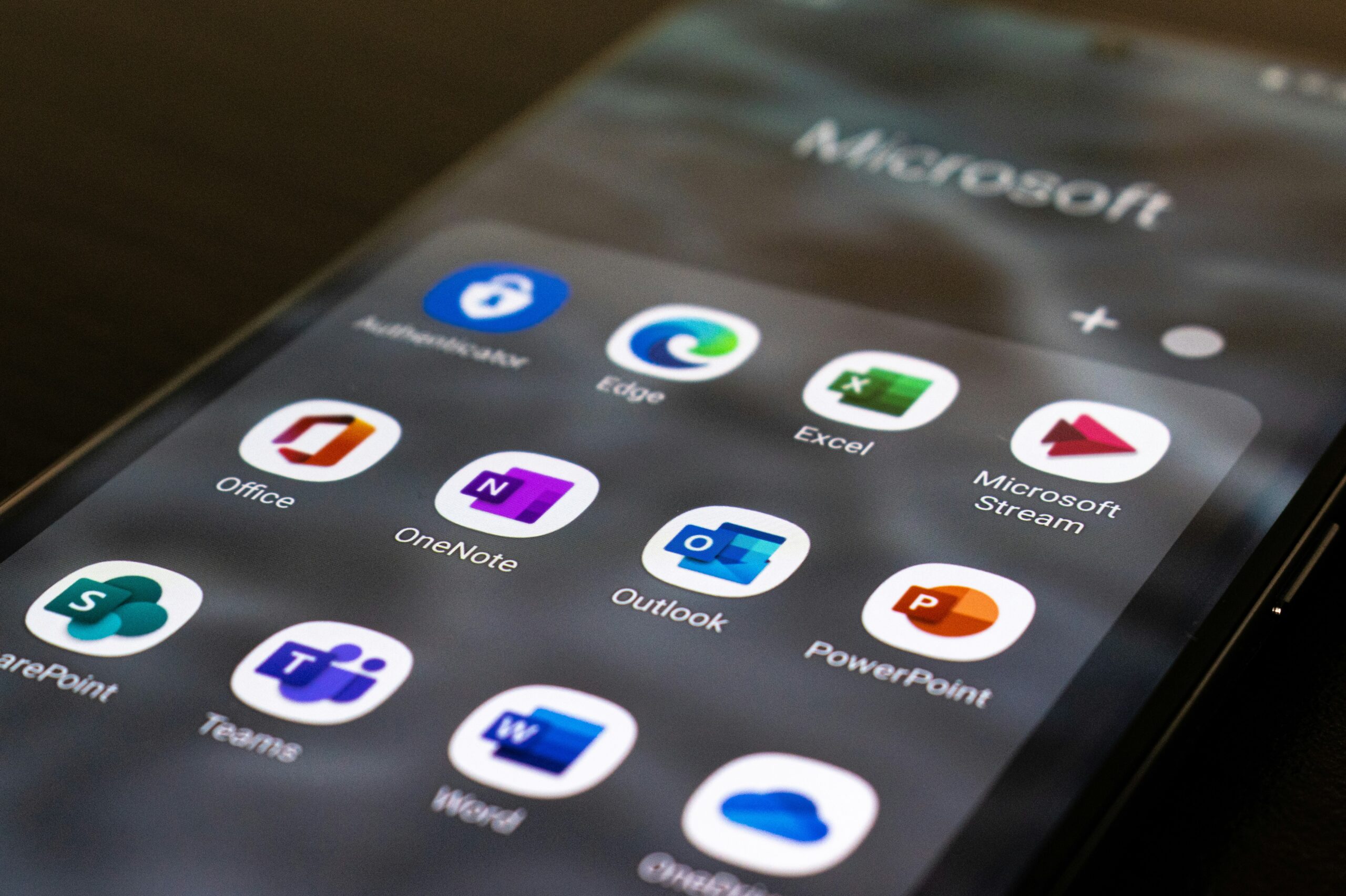Microsoft Starts Showing Ads on Windows
Recently, Microsoft made a significant change to its Windows operating system by introducing ads for Bing and Edge to Chrome users. This move has sparked a lot of discussion and debate among Windows users. In this blog post, we will explore the new notifications and their implications.
New Notifications
Windows users have started receiving notifications promoting Microsoft’s Bing search engine and Edge browser. These notifications appear in the Windows taskbar and encourage users to try out Bing as their default search engine or switch to the Edge browser. While some users may find these notifications helpful, others have expressed concerns about the intrusion of advertisements into their operating system.
It’s important to note that these notifications are not limited to Windows 10 users. Microsoft has also rolled out this feature to Windows 7 and Windows 8.1 users who have installed the latest updates. This means that a significant number of Windows users are now being exposed to these ads.
Implications
The introduction of ads on Windows has raised several concerns among users. One of the main concerns is the intrusion of advertisements into the operating system. Many users feel that they should have control over what they see on their desktop and should not be subjected to unwanted ads.
Another concern is the promotion of Microsoft’s own products over third-party alternatives. By displaying notifications for Bing and Edge, Microsoft is essentially promoting its own services and potentially discouraging users from exploring other options. This has led to accusations of anti-competitive behavior and a lack of choice for users.
Furthermore, some users have raised privacy concerns. Microsoft has stated that these notifications are personalized based on the user’s browsing habits and preferences. While this may enhance the relevance of the ads, it also raises questions about how much data Microsoft is collecting and how it is being used.
User Reactions
The introduction of these ads has generated mixed reactions from Windows users. Some users appreciate the convenience of having quick access to Microsoft’s services and find the notifications helpful. They see it as a way for Microsoft to promote its own products and improve the overall user experience.
On the other hand, many users are frustrated by the ads and feel that they are intrusive. They believe that Microsoft should focus on providing a seamless and ad-free experience for its users. Some users have even expressed their intention to switch to alternative operating systems or browsers to avoid these ads.
Microsoft has responded to the feedback by providing users with the option to disable these notifications. Users can access the settings menu to turn off the ads if they find them bothersome. However, this solution has been criticized for not being easily discoverable and for requiring users to take additional steps to disable the ads.
Conclusion
Microsoft’s decision to show ads for Bing and Edge on Windows has sparked a heated debate among users. While some users appreciate the convenience and personalized nature of these notifications, others feel that they are intrusive and limit their freedom of choice. The introduction of these ads raises concerns about privacy and anti-competitive behavior. It remains to be seen how Microsoft will address these concerns and whether they will make any changes to their advertising strategy in the future.

